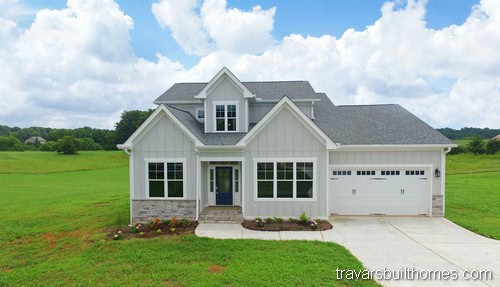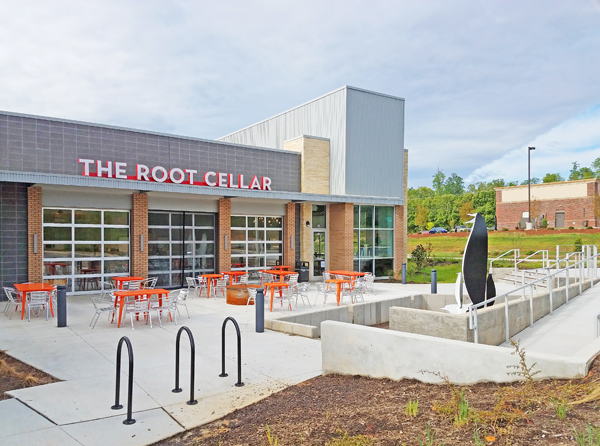What kind of loan do I need to build my new home?
How is a new custom home financed in North Carolina?
Universal design. Aging in place. Accessible: Laundry room checklist for your new construction home
Find everything you'll need in a new, aging in place home, from doorway widths to accessible features and layout recommendations.
Where can you find an EV charging station in Pittsboro, North Carolina?
You can plug your electric car into an EV Charging Station at dozens of locations in the Pittsboro and Chapel Hill area – including your ...
Dog Friendly Places to Eat
Out with your four-legged Bestie, looking for places to eat that are dog friendly? Here are more than 10 options in Pittsboro where you can ...
Top Things to Do in Pittsboro – Visit Rock Ridge Park
Top things to do in Pittsboro, North Carolina
Top Things to Do in Pittsboro NC – Haw River
Top Things to Do in Pittsboro NC including exploring the Lower Haw River by hiking, canoeing, or kayaking. Photos.
What are the benefits of a side load garage?
Side Load Garage Benefit #1 A side load garage can give your home a lot of benefits, including great curbside appeal. Placing the garage on ...
Can a custom builder make my floor plan bigger? 5 Ways to add square footage.
Yes, a design build custom home builder can add square footage to your floor plan. Below are 5 of the most cost effective ways that ...
What is a multigenerational home?
Multigenerational homes (sometimes called multi-gen homes, homes with a mother in law suite, or apartment within a home) are designed for families to live together ...
What are the most important questions to ask a home builder?
What are the most important questions to ask a North Carolina new home builder?
How long does it take to build a custom home?
North Carolina new home building timeline A typical timeline to build a custom home is about 10 months from foundation. We’ll give you more information ...
What is Design/Build: Working with a Custom Home Builder
Next month, a panel discussion led by Furniture, Lighting & Decor Editor-in-Chief Diane Falvey brings together four experts to talk about leveraging expertise among architects, ...
How Your Homesite Can Affect The Bottom Line
Topography, soil, regulations – here’s how your lot requirements and footprint can impact your new home build cost The spot where your home can be ...
How Soon After I Sign a Purchase Agreement Will Construction Begin on my Custom Home, and How Long Will it Take?
We can start your custom home build process directly after your purchase agreement is signed, with site work scheduled as soon as building permits are ...
How can a lot walk save trees – and some green?
What’s the best way to save trees when you build your new house? What roles do planning and surveying play in tree preservation? Here’s what ...
Contact us to find out what it takes to build a new custom home in Pittsboro, Chapel Hill, Durham, Raleigh, or the surrounding region:















